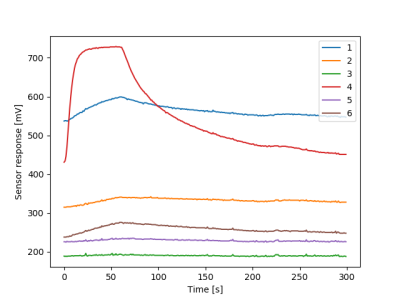
The HQA1K dataset was developed for assessing the quality of Computer Generated Holography (CGH) image renderings based on direct human input.
HQA1K is comprised of 1,000 pairs of natural images matched to simulated CGH renderings of various quality levels. The result is a diverse set of data for evaluating image quality algorithms and models.
- Categories:



